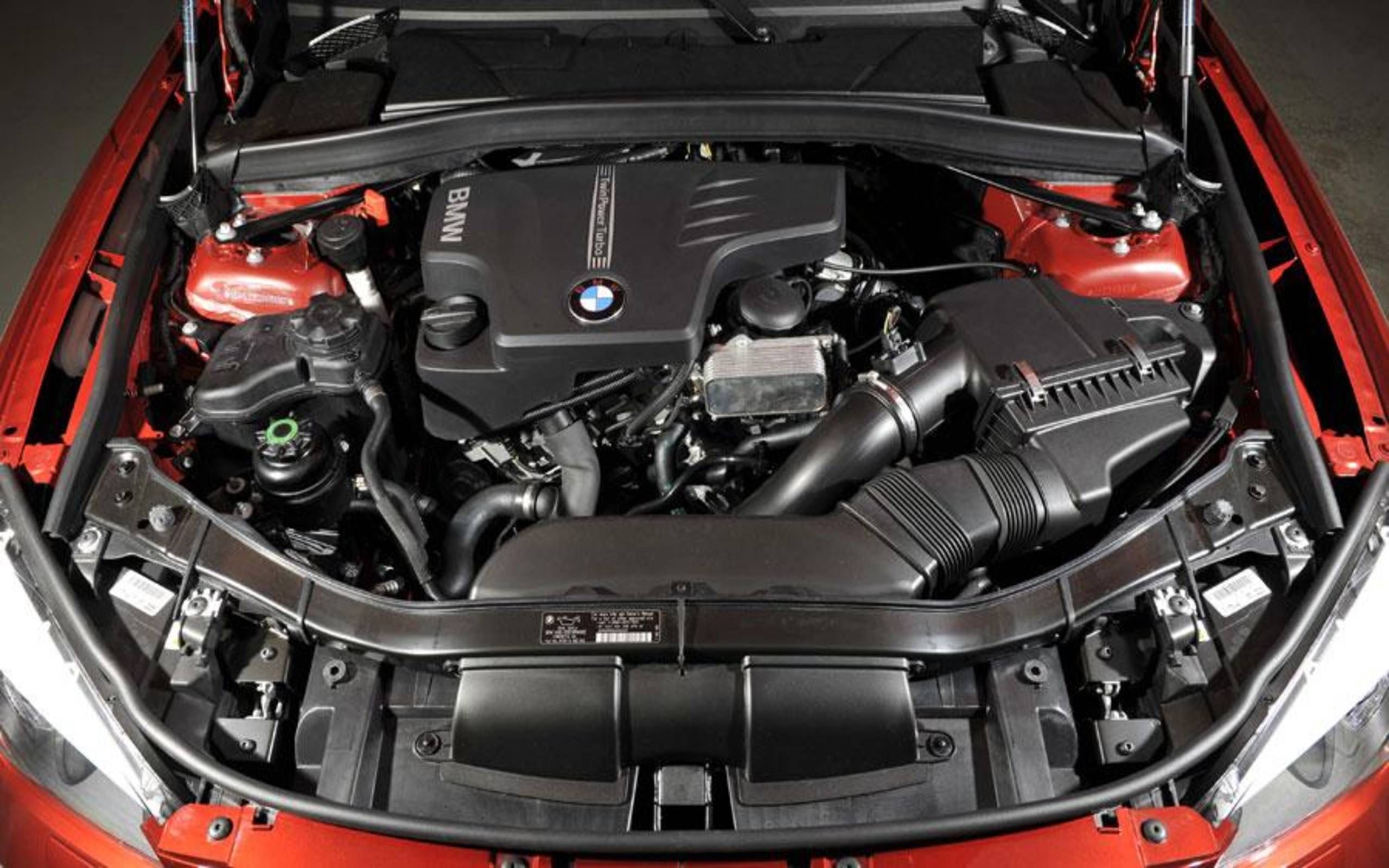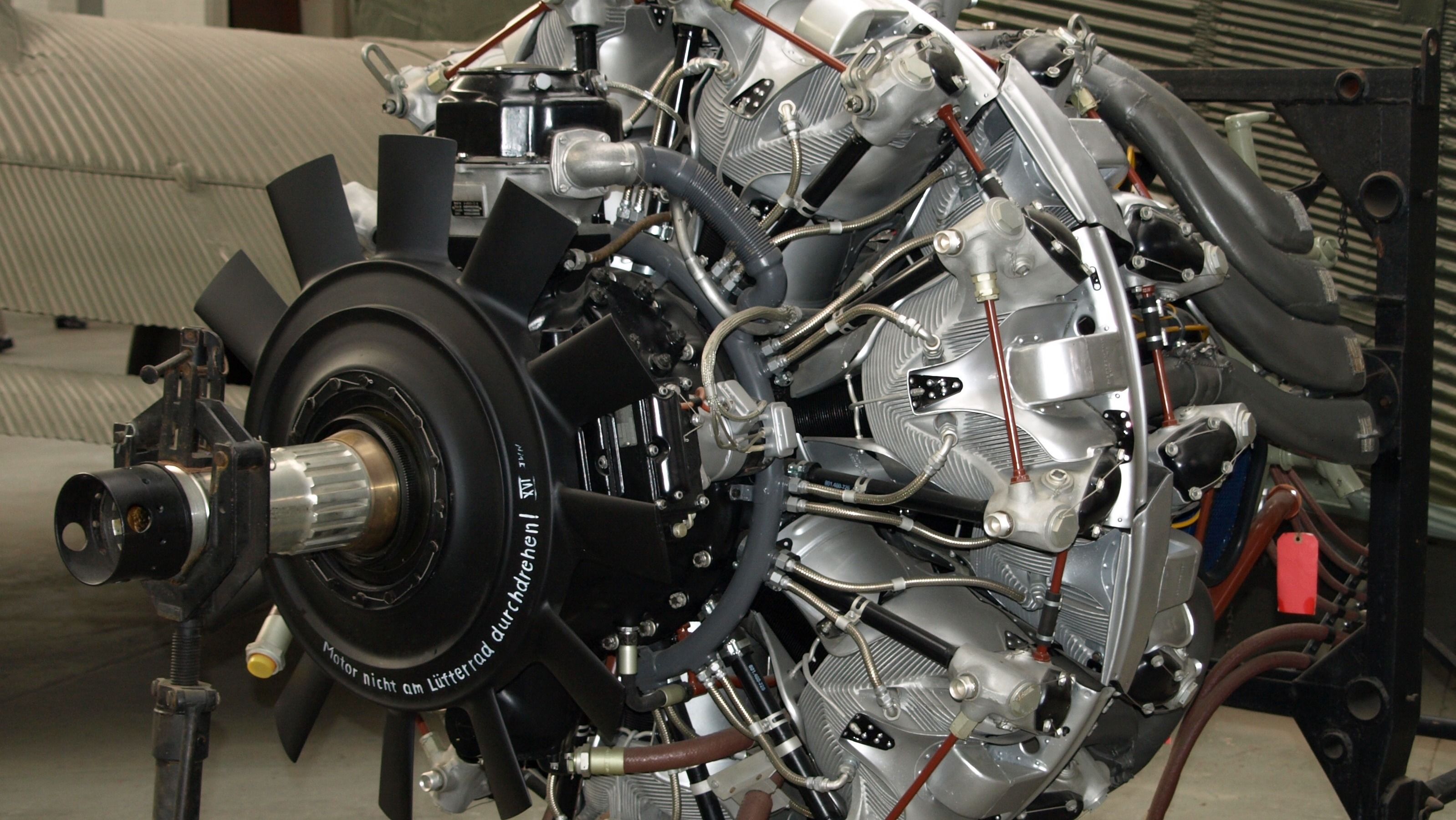Checking Out the Development of Burning Engines in Modern Transport Equipments
As we navigate the landscape of modern transportation, the evolution of combustion engines stands as a testimony to human ingenuity and engineering expertise. From their simple beginnings to the advanced powerhouses pushing automobiles today, combustion engines have actually undergone a remarkable journey of advancement and adjustment. Comprehending the ins and outs of this development not only drops light on the past however also leads the way for picturing what exists in advance in the world of transport technology. The interaction of history, innovation, and environmental concerns fit the trajectory of burning engines produces a narrative that is both compelling and informative.
Early Beginnings of Combustion Engines
Just how did the concept of burning engines first emerge in the very early stages of transportation growth? The roots of burning engines can be traced back to the 17th century when the principles of inner combustion were very first discovered.
The advancement minute came with the creation of the first successful gasoline-powered engine by Karl Benz in 1885 - bmw engine. This engine led the way for the advancement of the modern-day automobile, reinventing transport systems worldwide. Subsequent advancements by Nikolaus Otto and Gottlieb Daimler even more improved burning engine modern technology, leading to the mass production of autos and the rapid expansion of the transport sector
These early combustion engines were defined by their simpleness and efficiency, laying the structure for the complex and effective engines utilized in modern-day transport systems. The evolution of burning engines has actually been instrumental fit the way we take a trip and move goods, noting a substantial landmark in the background of transport advancement.
Shift to Internal Combustion Modern Technology
The change to inner burning innovation noted a crucial change in the development of transportation systems. This change started in the late 19th century, with innovators like Nikolaus Otto and Gottlieb Daimler establishing the first successful internal burning engines. These engines reinvented transportation by offering an extra powerful and reliable option to heavy steam engines and electric motors.
Among the crucial advantages of inner combustion engines was their ability to be reduced to fit into vehicles, bring about the advancement of automobiles and bikes. This change from large, fixed engines to small, mobile ones led the method for the modern transport systems we see today.
The transition to inner combustion modern technology likewise stimulated developments in gas innovation, leading to the advancement of fuel and diesel as main gas sources for automobiles. This shift not just made transportation a lot more accessible to the masses however also laid the foundation for the oil and gas sector to become important to global economic situations.
Impact of Combustion Engines on Transport
The adoption of burning engines in transport systems catalyzed a profound change in the efficiency and speed of worldwide mobility. Combustion engines changed transportation by offering a flexible and trusted source of power for various cars, consisting of cars, ships, planes, and trucks. This technology significantly boosted the ability for people and products to relocate over fars away in much shorter amount of time, bring about increased connectivity between regions and nations.
Furthermore, the widespread use combustion engines has had a considerable influence on economic advancement. The capability to move helpful hints items successfully has actually stimulated trade and commerce, allowing companies to expand their markets and get to customers worldwide. This has actually assisted in economic growth and globalization, as products can currently be moved much faster and in bigger quantities than in the past.
However, the ecological impact of burning engines can not be forgotten. The burning of nonrenewable fuel sources has led to air contamination and greenhouse gas exhausts, adding to climate change and posing health threats to populations. bmw engine. Therefore, there is an expanding focus on developing alternative propulsion modern technologies to alleviate these negative effects and create a more lasting future for transportation
Innovations in Burning Engine Style
Numerous innovations in combustion engine design have propelled the advancement of transport systems over the decades. One remarkable advancement is the development of turbocharged engines, which make use of exhaust gases to drive a turbine that presses incoming air, permitting for more gas to be burnt, resulting in boosted power outcome without a considerable rise in engine dimension. In addition, straight injection innovation has improved fuel performance and performance by specifically controlling the quantity and timing of fuel injected right into the combustion chamber. Variable valve timing systems have actually also changed engine design by maximizing airflow at different engine rates, enhancing both power and effectiveness. An additional significant improvement is the assimilation of light-weight materials such as carbon fiber and light weight aluminum alloys, reducing general engine weight and boosting vehicle fuel economic climate. Developments in computer-aided style have actually enabled engineers to enhance engine performance and effectiveness with simulations prior to physical models are constructed, conserving time and sources in the growth procedure. These advancements jointly add to the continual improvement of combustion engines in modern transportation systems.
Future Trends in Burning Engine Advancement
With modern technology developments driving continual development, the future of burning engine development is positioned to revolutionize transport systems globally. One of the crucial fads in combustion engine development is the push in the direction of greater effectiveness and decreased emissions.
One more prominent find this pattern is the fostering of crossbreed technologies in burning engines. Hybrid engines integrate traditional combustion innovation with electrical power, offering enhanced gas performance and lower discharges. As the vehicle market changes in the direction of electrification, hybrid combustion engines are seen as a transitional option that links the void between traditional automobiles and totally electrical ones.
Moreover, the combination of smart modern technologies, such as expert system and information analytics, is expected to play a considerable duty in the future of combustion engine development. These technologies can maximize engine efficiency in real-time, bring about extra efficient burning procedures and enhanced general car performance. Accepting these future fads will certainly not just drive technology in burning see this website engine growth yet additionally add to an extra lasting and eco-friendly transportation community.

Conclusion
Finally, the development of burning engines in modern transportation systems has actually been marked by substantial developments in technology and layout. From the early beginnings of combustion engines to the shift to inner burning technology, these engines have actually had an extensive effect on transport. Technologies in burning engine layout remain to drive progression in this area, with future patterns concentrating on additional enhancing performance and lowering exhausts. The future of burning engines in transport looks appealing as research study and development efforts remain to press limits.
The origins of combustion engines can be traced back to the 17th century when the concepts of interior combustion were initial checked out. These engines transformed transport by using a much more efficient and effective choice to heavy steam engines and electric motors.
